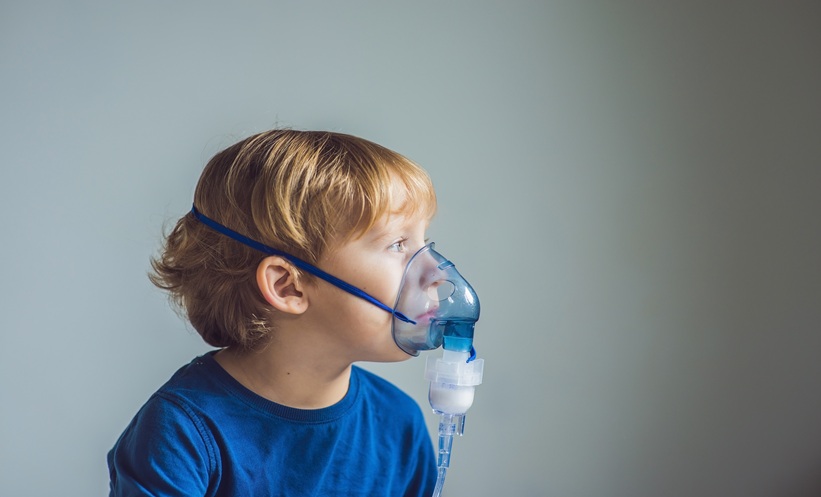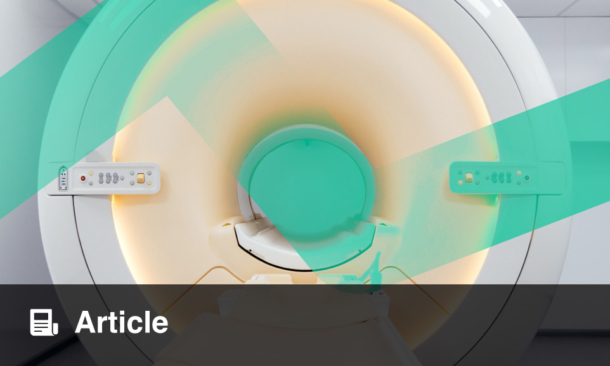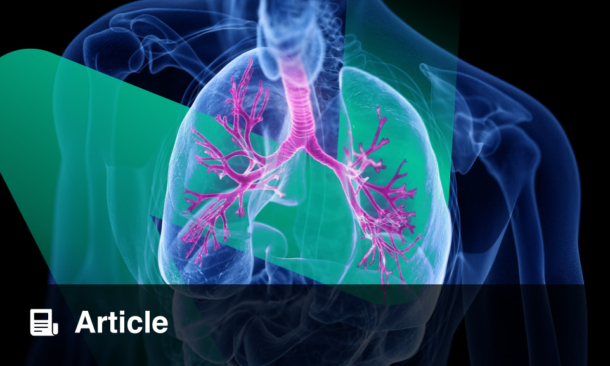A real-world study from the Netherlands has shared the benefits of lumacaftor/ivacaftor (lum/iva) in children with cystic fibrosis (CF) homozygous for the F508del mutation. This nationwide study evaluated the drug’s effectiveness over 12 months in improving lung function, small airway disease, and other key clinical outcomes.
The study included 223 children with CF aged 6–18 years, all treated at one of the seven Dutch CF centers. While there was no significant change in percent predicted FEV1 (ppFEV1) after 12 months, other markers of small airway and structural lung disease showed significant improvements. The lung clearance index (LCI), assessed in a subgroup of 28 patients, improved by an average of 10% (p < 0.01). CT scan analysis also demonstrated marked improvements in bronchus-artery (BA) ratios, indicating reduced structural lung disease. Beyond lung-specific markers, the study found notable benefits in BMI, reduction in exacerbations, and decreased sweat chloride levels. Among the 192 children assessed for BMI, significant improvements were observed, along with fewer CF exacerbations and improved sweat chloride concentrations in 105 patients. Safety was a key focus, with only eight patients (3.2%) discontinuing treatment due to side effects, underscoring the generally favorable tolerability of lum/iva in this pediatric cohort. The findings align with earlier clinical trial data and emphasize the importance of monitoring small airway function and structural lung disease to assess treatment efficacy. While newer CFTR modulators, such as elexacaftor/tezacaftor/ivacaftor (ETI), are available, lum/iva remains a critical option, particularly for younger children who may not yet have access to ETI. This study highlights the continued importance of real-world data in validating clinical trial outcomes and optimizing care for children with cystic fibrosis. Reference: Zwitserloot AM et al. Introduction of Ivacaftor/Lumacaftor in Children With Cystic Fibrosis Homozygous for F508del in the Netherlands: A Nationwide Real-Life Study. Pediatr Pulmonol. 2025; doi:10.1002/ppul.27473.







